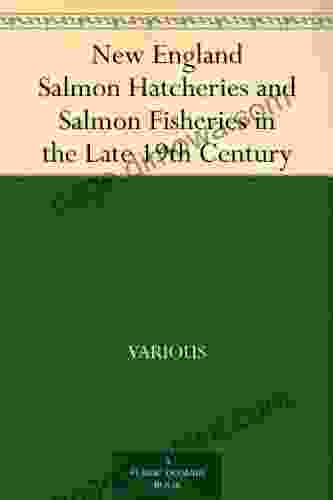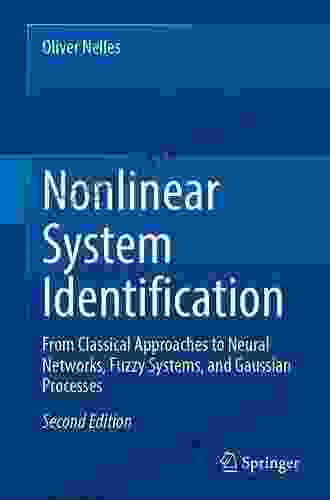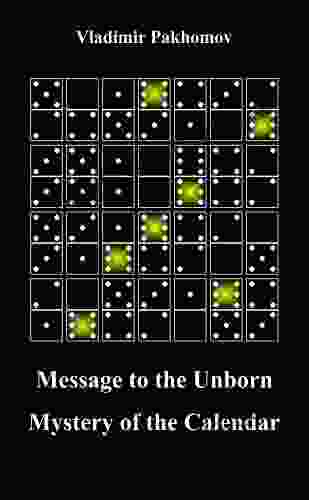From Classical Approaches to Neural Networks, Fuzzy Models, and Gaussian Processes: A Comprehensive Exploration of Machine Learning Techniques

Machine learning has become an essential tool for businesses and researchers alike, as it allows computers to learn from data without being explicitly programmed. There are a variety of machine learning techniques available, each with its own strengths and weaknesses. In this article, we will provide an overview of some of the most common machine learning techniques, including classical approaches, neural networks, fuzzy models, and Gaussian processes.
Classical Approaches
Classical machine learning techniques have been around for decades, and they are still widely used today. These techniques are based on statistical models, such as linear regression, logistic regression, and decision trees. Classical machine learning techniques are often used for tasks such as classification, regression, and clustering.
5 out of 5
| Language | : | English |
| File size | : | 188735 KB |
| Text-to-Speech | : | Enabled |
| Screen Reader | : | Supported |
| Enhanced typesetting | : | Enabled |
| Word Wise | : | Enabled |
| Print length | : | 2110 pages |
One of the main advantages of classical machine learning techniques is that they are well-understood and relatively easy to implement. However, these techniques can be limited in their ability to handle complex data, such as data that is nonlinear or has a lot of noise. Additionally, classical machine learning techniques can be slow to train, especially on large datasets.
Neural Networks
Neural networks are a type of machine learning technique that is inspired by the human brain. Neural networks are composed of layers of interconnected nodes, or neurons. Each neuron takes in input data and produces an output value. The output of one neuron can be used as the input to another neuron, and so on.
Neural networks are powerful machine learning techniques that can be used for a variety of tasks, including image recognition, natural language processing, and speech recognition. Neural networks are often able to handle complex data and learn from data that is nonlinear or has a lot of noise. However, neural networks can be difficult to train and can require a lot of data to achieve good performance.
Fuzzy Models
Fuzzy models are a type of machine learning technique that is based on fuzzy logic. Fuzzy logic is a way of representing and reasoning about uncertainty. Fuzzy models can be used to represent complex systems and make decisions in the face of uncertainty.
Fuzzy models are often used for tasks such as control, decision-making, and pattern recognition. Fuzzy models are relatively easy to implement and can be used to represent complex systems with a small number of rules. However, fuzzy models can be difficult to tune and can be sensitive to the choice of membership functions.
Gaussian Processes
Gaussian processes are a type of machine learning technique that is based on Bayesian statistics. Gaussian processes are used to represent distributions over functions. Gaussian processes can be used for a variety of tasks, including regression, classification, and clustering.
Gaussian processes are powerful machine learning techniques that can be used to handle complex data and learn from data that is nonlinear or has a lot of noise. However, Gaussian processes can be computationally expensive to train and can require a lot of data to achieve good performance.
This article has provided an overview of some of the most common machine learning techniques, including classical approaches, neural networks, fuzzy models, and Gaussian processes. Each of these techniques has its own strengths and weaknesses, and the best technique for a given task will depend on the specific requirements of the task. By understanding the different machine learning techniques available, you can select the right technique for your task and achieve the best possible results.
5 out of 5
| Language | : | English |
| File size | : | 188735 KB |
| Text-to-Speech | : | Enabled |
| Screen Reader | : | Supported |
| Enhanced typesetting | : | Enabled |
| Word Wise | : | Enabled |
| Print length | : | 2110 pages |
Do you want to contribute by writing guest posts on this blog?
Please contact us and send us a resume of previous articles that you have written.
 Book
Book Novel
Novel Page
Page Chapter
Chapter Text
Text Story
Story Genre
Genre Reader
Reader Library
Library Paperback
Paperback E-book
E-book Magazine
Magazine Newspaper
Newspaper Paragraph
Paragraph Sentence
Sentence Bookmark
Bookmark Shelf
Shelf Glossary
Glossary Bibliography
Bibliography Foreword
Foreword Preface
Preface Synopsis
Synopsis Annotation
Annotation Footnote
Footnote Manuscript
Manuscript Scroll
Scroll Codex
Codex Tome
Tome Bestseller
Bestseller Classics
Classics Library card
Library card Narrative
Narrative Biography
Biography Autobiography
Autobiography Memoir
Memoir Reference
Reference Encyclopedia
Encyclopedia R Barri Flowers
R Barri Flowers Richard Rossiter
Richard Rossiter Trudie Maria Booth
Trudie Maria Booth Peter Hippe
Peter Hippe Philip Shelper
Philip Shelper Quinn Haber
Quinn Haber Renee Gladman
Renee Gladman Rebecca Mcdonald
Rebecca Mcdonald Peter Pesic
Peter Pesic Thom Holmes
Thom Holmes Gwen Bristow
Gwen Bristow R A Gates
R A Gates Rick Adams
Rick Adams Rebecca Maizel
Rebecca Maizel Roni Schotter
Roni Schotter Oli White
Oli White Richard Bullivant
Richard Bullivant Susan Finch
Susan Finch Robert Olen Butler
Robert Olen Butler Rebecca Schaeffer
Rebecca Schaeffer
Light bulbAdvertise smarter! Our strategic ad space ensures maximum exposure. Reserve your spot today!

 Manuel ButlerAn Unlikely Team, Challenging Season, Chasing the American Dream: A Gripping...
Manuel ButlerAn Unlikely Team, Challenging Season, Chasing the American Dream: A Gripping...
 Nikolai GogolRomo World: The Turing Files - Unravel the Enigma of Artificial Intelligence
Nikolai GogolRomo World: The Turing Files - Unravel the Enigma of Artificial Intelligence Melvin BlairFollow ·7.1k
Melvin BlairFollow ·7.1k Esteban CoxFollow ·7.1k
Esteban CoxFollow ·7.1k Jacob HayesFollow ·8.4k
Jacob HayesFollow ·8.4k Jason ReedFollow ·14.9k
Jason ReedFollow ·14.9k Ian PowellFollow ·6.4k
Ian PowellFollow ·6.4k Hamilton BellFollow ·8.6k
Hamilton BellFollow ·8.6k Tyrone PowellFollow ·5.8k
Tyrone PowellFollow ·5.8k Francisco CoxFollow ·19.3k
Francisco CoxFollow ·19.3k

 Norman Butler
Norman ButlerUnveiling the Legacy of New England Salmon Hatcheries and...
Journey back in time to...

 J.R.R. Tolkien
J.R.R. TolkienEmbark on a Literary Adventure with Oliver Twist: A...
Unveiling the Complex World of Oliver...

 Todd Turner
Todd TurnerEnter the Mesmerizing Realm of Snooker: A Journey of...
Get ready to embark on an...

 Richard Wright
Richard WrightElements of Plasma Technology: A Journey into the...
Prologue:...

 George Bell
George BellBarbarian: Forgotten Legends of the Germanic Peoples - A...
Step into a world of...

 Drew Bell
Drew BellMaster GCSE English with the Ultimate Guide: Letts GCSE...
Prepare with Confidence for Success in GCSE...
5 out of 5
| Language | : | English |
| File size | : | 188735 KB |
| Text-to-Speech | : | Enabled |
| Screen Reader | : | Supported |
| Enhanced typesetting | : | Enabled |
| Word Wise | : | Enabled |
| Print length | : | 2110 pages |








